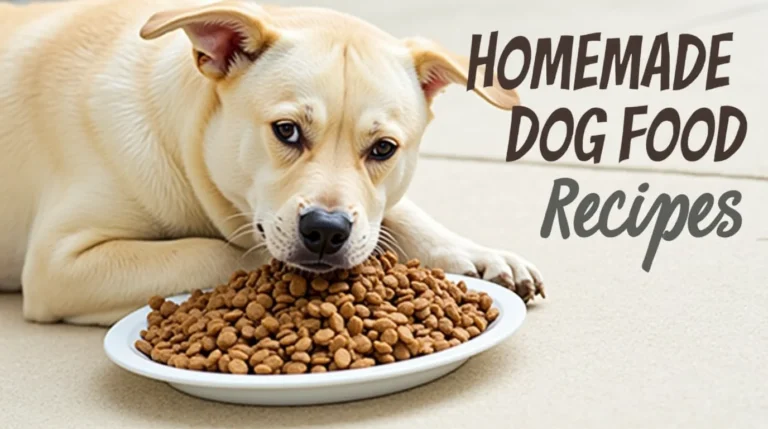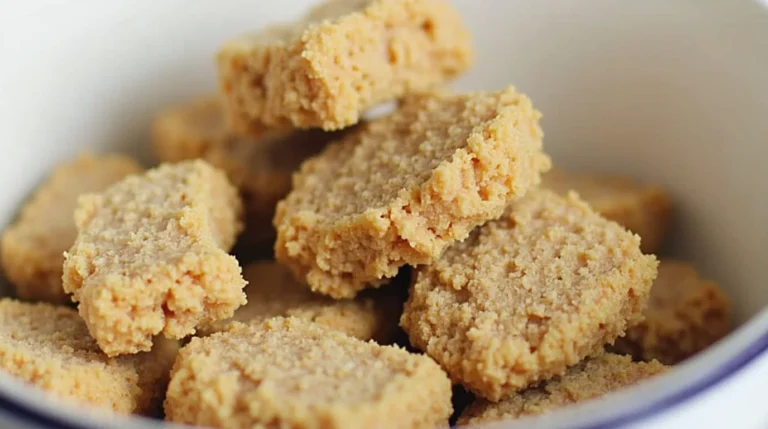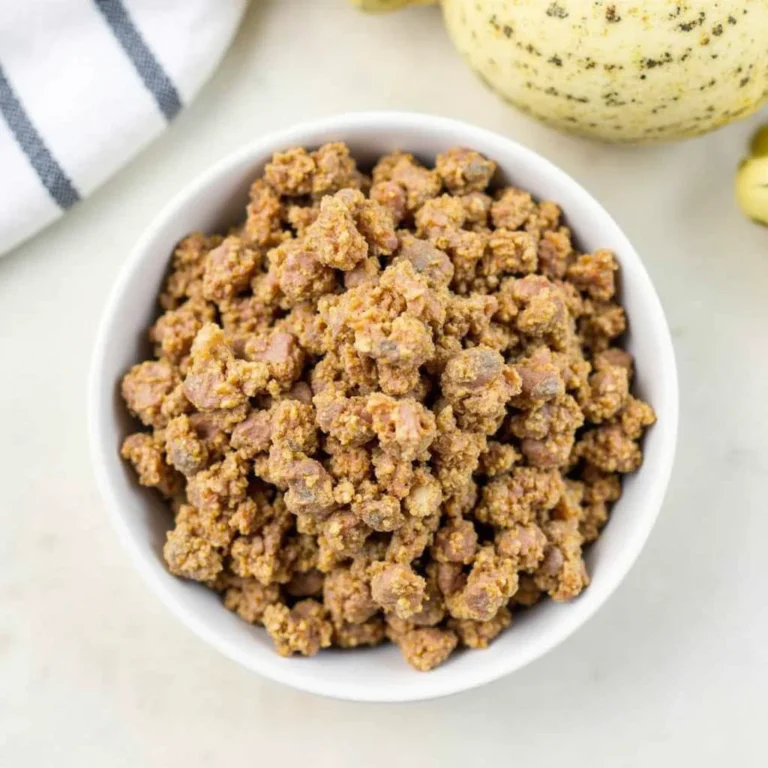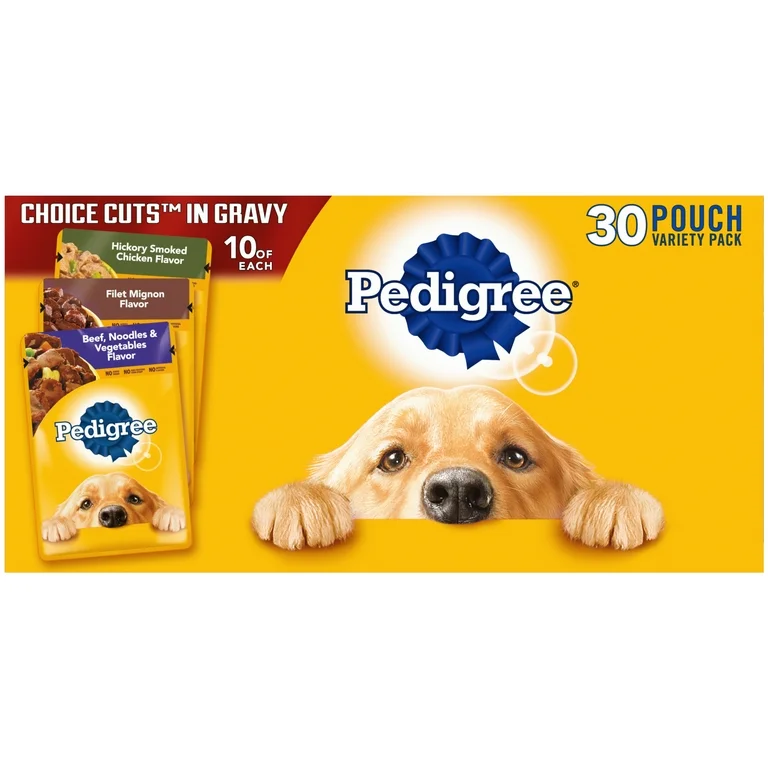A high protein dog food diet is popular with pet owners. They want to give their dogs a healthy and balanced diet.
Protein is important for muscle growth, energy, and health. Many pet owners wonder if high-protein diets are good for their pets.
This article looks at the benefits and risks of high protein dog food. It also shares the best options to help you decide.
What Is High Protein Dog Food?
High protein dog food contains a higher percentage of protein than standard commercial dog foods. Most regular kibble contains around 18-25% protein, while high-protein formulas often contain 30% or more.
The main sources of protein in dog food include:
- Animal-based proteins – Chicken, beef, fish, turkey, lamb, and eggs.
- Plant-based proteins – Lentils, peas, chickpeas, and soy protein.
Dogs are omnivores. They can digest both animal and plant proteins. However, animal proteins are often seen as better. This is because they have all the essential amino acids.
Benefits of High Protein Dog Food
1. Supports Muscle Growth and Maintenance
Protein plays a vital role in building and maintaining muscle mass. This is very important for active dogs, working dogs, and puppies. They need more protein to keep their energy up.
2. Helps With Weight Management
High protein diets can help overweight dogs lose fat while maintaining muscle mass. Since protein is more satiating than carbohydrates, it can keep dogs feeling full for longer, reducing overeating.
3. Improves Coat and Skin Health
Proteins contain essential amino acids that support a healthy coat, skin, and nails. Dogs on a high-protein diet often have shinier coats and healthier skin compared to those on lower-protein diets.
4. Boosts Energy Levels
Active dogs, such as sporting breeds, working dogs, and agility competitors, need more protein to support their high energy demands.
5. Aids in Recovery and Healing
Protein is essential for tissue repair and can speed up recovery from injuries, surgeries, or illnesses.
Potential Risks of High Protein Dog Food
1. Kidney Strain in Some Dogs
One of the most debated concerns about high-protein diets is their impact on the kidneys. While healthy dogs can process higher protein levels without issues, dogs with kidney disease may struggle to filter excess protein. Veterinarians often recommend lower-protein diets for dogs with kidney problems.
2. Possible Digestive Upset
Suddenly switching to a high protein dog food may cause digestive issues such as diarrhea or gas, especially if your dog isn’t used to it. A gradual transition is recommended.
3. Higher Cost
High-protein dog food tends to be more expensive than standard dog food due to higher-quality ingredients.
4. Excess Calories Leading to Weight Gain
If not properly portioned, high-protein dog food can be calorie-dense, leading to weight gain if a dog is not highly active.
Who Should Feed Their Dog a High Protein Diet?
 Ideal for High-Protein Diets:
Ideal for High-Protein Diets:




 High-Protein Diets May Not Be Ideal For:
High-Protein Diets May Not Be Ideal For:



How to Choose the Best High Protein Dog Food
When selecting a high protein dog food, consider the following:
1. Check the Protein Source
- Best choices: Animal-based proteins (chicken, beef, fish, eggs).
- Avoid: Foods with low-quality fillers like corn gluten meal.
2. Read the Ingredients List
- Look for real meat as the first ingredient.
- Avoid by-products, artificial additives, and preservatives.
3. Consider Your Dog’s Needs
- Active dogs need protein-rich food with healthy fats.
- Overweight dogs need lean protein with fewer carbs.
4. Choose the Right Protein Percentage
- Moderate (25-30%) – Suitable for most adult dogs.
- High (30%+) – Best for active, working, or recovering dogs.
Best High Protein Dog Food Brands (Reviewed)
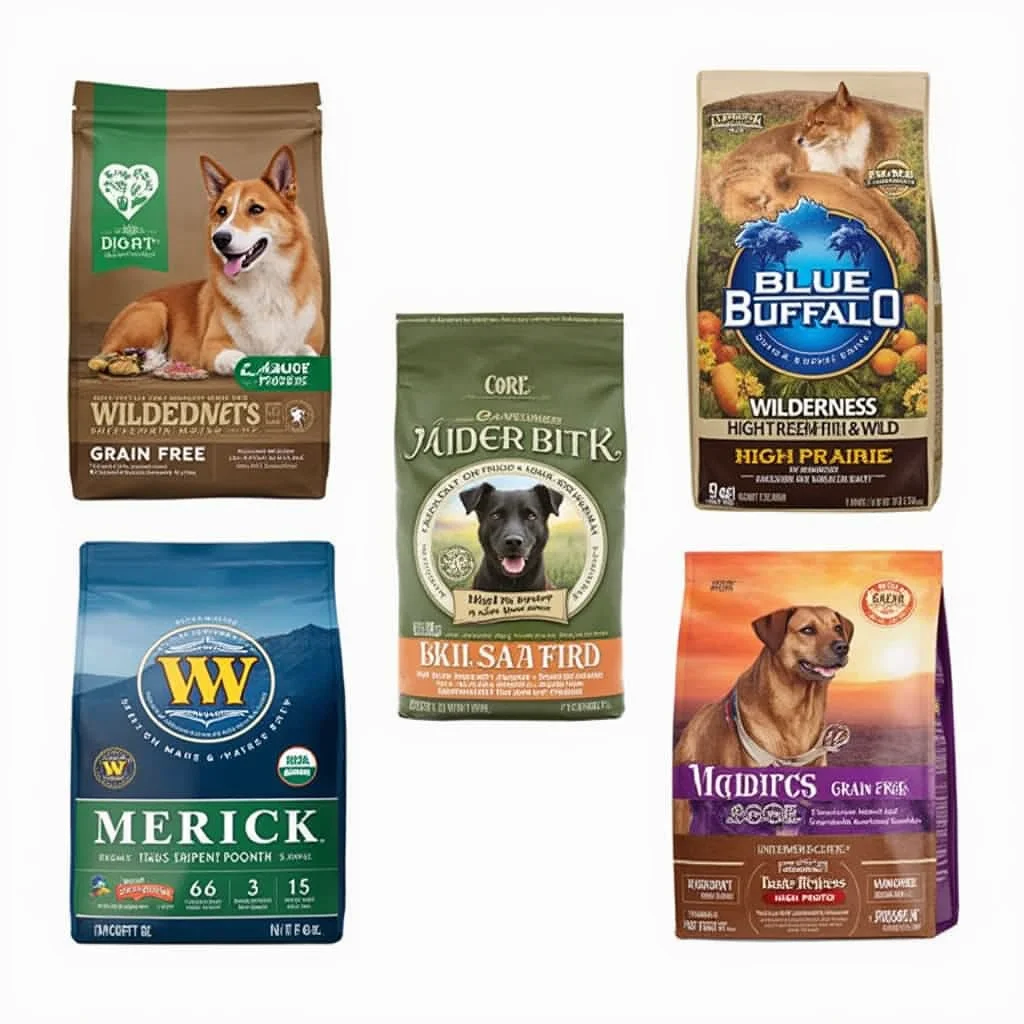
1. Orijen Original Dry Dog Food




2. Blue Buffalo Wilderness High-Protein Grain-Free




3. Taste of the Wild High Prairie




4. Merrick Grain-Free Texas Beef & Sweet Potato




5. Wellness CORE High-Protein, Grain-Free




FAQs About High Protein Dog Food
1. Can puppies eat high protein dog food?
Yes! Puppies need more protein for growth, but ensure it’s a balanced diet with enough fats and carbs.
2. Is a high protein diet good for older dogs?
It depends. Healthy seniors benefit from extra protein, but those with kidney issues may need a lower-protein diet.
3. Can high protein diets cause kidney disease?
No. Studies show that healthy dogs can tolerate high-protein diets without kidney issues. However, dogs already suffering from kidney disease should eat a low-protein diet.
4. Should I feed my dog a high protein diet if they are overweight?
A high-protein, low-carb diet can help with weight management, but portion control is key.
5. Can I mix high protein kibble with wet food?
Yes! Mixing high-protein kibble with wet food can improve taste and texture while maintaining nutrition.
Conclusion
A high protein dog food diet can offer numerous benefits, especially for active, growing, or working dogs. However, it may not be suitable for all dogs, particularly those with kidney issues or low activity levels.
By choosing quality ingredients, proper protein levels, and the right portion sizes, you can provide a balanced and nutritious diet for your furry companion. Always consult with a veterinarian before making major changes to your dog’s diet.
Looking for the best nutrition for your pet? Choose wisely and keep your dog happy and healthy!


